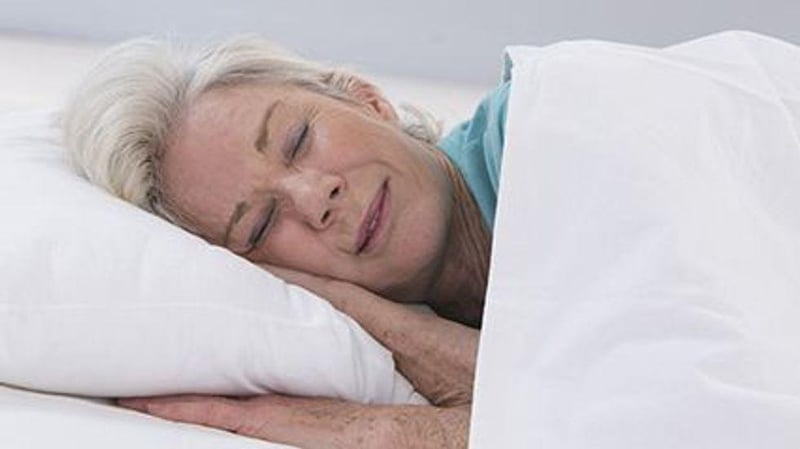Get Healthy!

- Cara Murez
- Posted October 7, 2022
Retirement Means Sleeping More, Exercising Less: Study
Retirees, it's time to get up out of your easy chair and get moving.
That's the message from a Finnish study that used a wrist-based device to determine just how much retired adults were moving every day.
"Based on our research, people who are retiring should aim to increase the amount of physical activity, particularly moderate-to-vigorous activity," said lead author Kristin Suorsa, a postdoctoral researcher at the University of Turku. "At the same time, long periods of sedentary time should be avoided and sitting should be divided into shorter periods with frequent walking breaks."
Participants -- part of the Finnish Retirement and Aging Study (FIREA) -- wore accelerometers for a week before they retired and again, at the same time of year, for a week after their retirements.
Not surprisingly, they were sleeping more and, as a result, their physical activity dropped. Before retiring, the 551 participants worked in the municipal sector.
The researchers were able to study how 24-hour movement behaviors -- including sleep, being sedentary, light activity and moderate-to-vigorous physical activity -- changed after a person retired.
Increasing the time spent on one of those behaviors will inevitably lead to a decrease in at least one other, the study authors pointed out in a university news release.
In participants who were retiring from manual labor or the service industry, sleep and sedentary behavior increased in relation to physical activity. This change was stronger in women than in men.
For those retiring from non-manual work, sleep increased in relation to both physical activity and sedentary time. Their moderate-to-vigorous physical activity fell off more than their light physical activity, the findings showed.
"The decrease in the amount of physical activity is probably explained by the absence of activity related to work duties and commute to and from work when a person retires," Suorsa said. "These are replaced to some extent by sleep and, in the case of manual workers, also sedentary time."
The researchers noted that replacing moderate-to-vigorous physical activity with any other type of movement increases the risk of heart disease and type 2 diabetes.
FIREA began in 2013 with an aim of studying changes in living habits, health and functional capacity of retirees.
The findings were recently published online in the International Journal of Behavioral Nutrition and Physical Activity.
More information
The U.S. Centers for Disease Control and Prevention has more on seniors' physical fitness needs.
SOURCE: University of Turku, news release, Oct. 4, 2022
